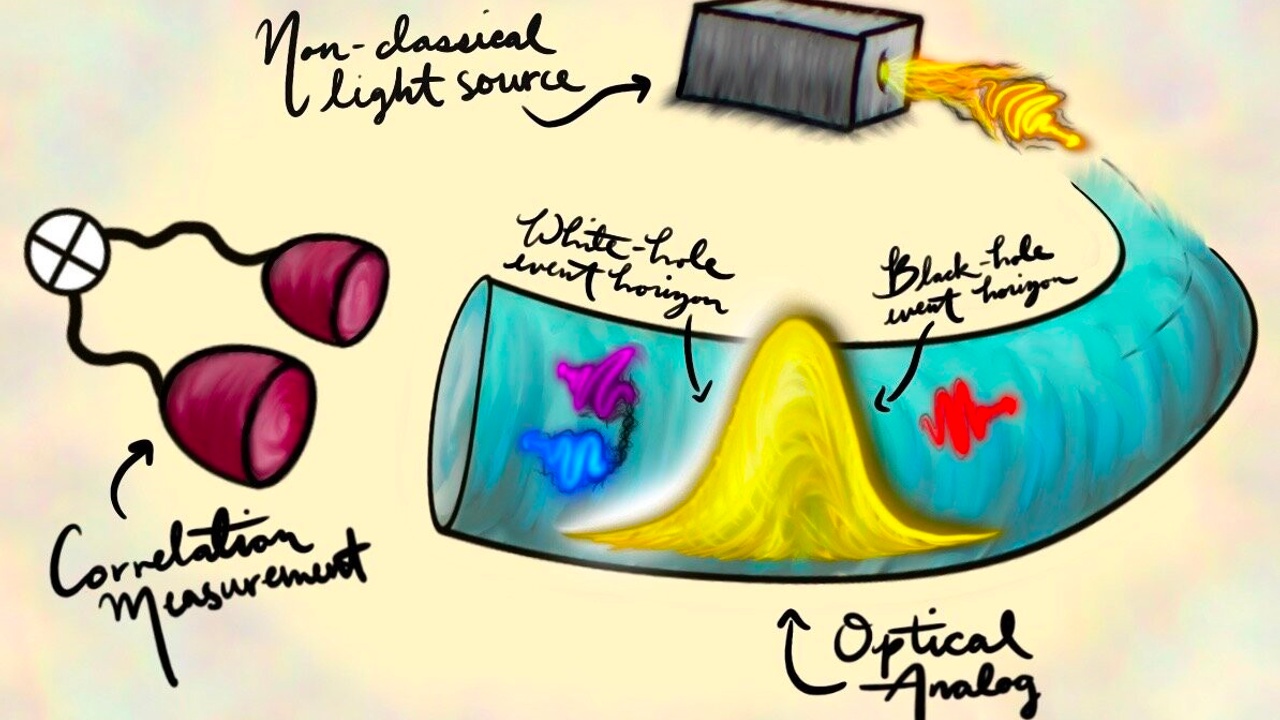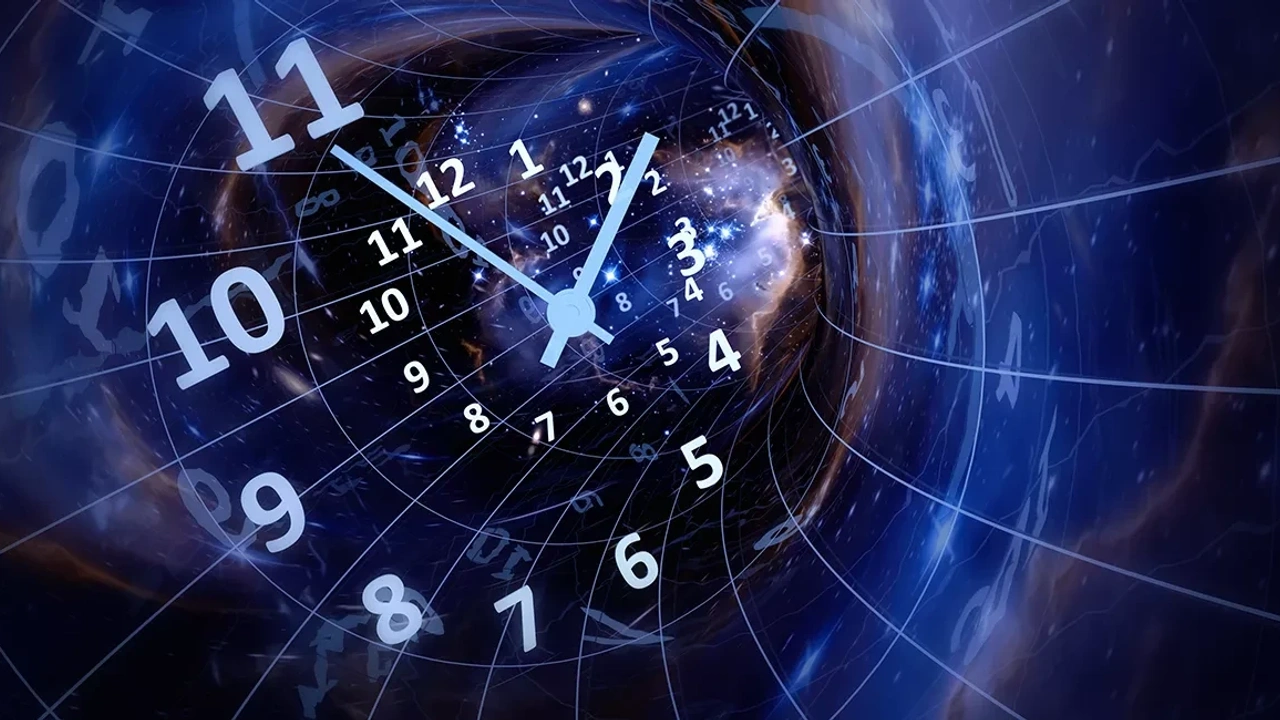Science News
& Faculty Articles
Gravity Wave Signals are being Analyzed to Detect Gravitational Memory Effect

An Ongoing Meta-analysis of Gravitational Wave Signals may soon Prove that Space Remembers: permanent memory imprints in spacetime may soon be detected, which will be a validation of Nassim Haramein and our research team’s prediction that space has the property of memory, in which we described how the informational imprint of memory in space is what holographically generates time—that is to say that 4D spacetime is a holographic projection of a 3D voxel information network—as well as ordering properties underlying dynamics of organized matter. The gravitational wave memory effect is a prediction of general relativity, and physicists have devised a test of this interesting spacememory effect via a meta-analysis of gravitational wave detector data. The presence of memory effects in gravitational wave signals not only provides the chance to test an important aspect of general relativity, but also represents a potentially non-negligible contribution to the waveform for...
Additional Commentary on the Stimulated Unruh Effect: Studying Quantum Effects in Gravitational Fields

By: William Brown, Biophysicist at the Resonance Science Foundation
In a previous article RSF physicist Dr. Ines Urdaneta discussed a proposed study for probing the Unruh effect with quantum optics [1]. Because of the importance of experiments that will probe quantum effects in gravitational fields and to further elucidate the nature of the quantum vacuum, we will take another look at this proposed experiment and expound on some of the key insights of the study.
As Dr. Urdaneta explained in the previous article, the importance of probing the Unruh effect has to do with its relationship to quantum gravitational effects via the equivalence principle first described by Albert Einstein. Einstein is well known for his seminal work on the theory of relativity, which regards the behavior of clocks and rulers under accelerating and non-accelerating frames of reference, and the relativity of simultaneity that results from the invariance of the speed of light relative to any...
Tunable Quantum Entanglement in Stimulated Hawking Radiation in an Analog White-Black Hole Pair

Main image credit: Artist rendering of optical systems containing the analog of a pair white-black hole. 2021 PhD alumnus Anthony Brady, postdoctoral researcher at the University of Arizona
By: William Brown, Biophysicist at the Resonance Science Foundation
Black holes are instrumental in the study of the unification of Quantum Mechanics and General Relativity because they are macroscopic quantum objects—essentially like large particles (which should give a clue that particles are small black holes). In a black hole construct one can study the effects of strong gravity and quantum field theory in a singular system, enabling one to understand both in a singular framework. This also means, however, that one needs a unified theory of quantum gravity to fully understand black holes (and other quantum systems).
The thermodynamics and quantum information (or entropy) of a black hole are of key consideration, especially the relationship between the information comprising...
Time Dilation Experiment with Atomic Clock Opens Possibility to Measure Relativistic Effects in Matter in Quantum State

By: William Brown, Biophysicist at the Resonance Science Foundation
The way we measure time is via frequency. To measure spatial dimension, we use a ruler. In classical mechanics we assumed that these measurement devices were static and would measure the same time and length no matter how an observer was moving or where they were located. However, in the late 19th century it was discovered that this “common sense” perspective of the world is erroneous, and a new mechanics was necessitated. Hendrik Lorentz and Henri Poincare described how rulers contract and clocks measuring frequency have a dilation in the rate of "ticks" they read depending on the movement of a given frame of reference— which was described in relation to the aether in Electromagnetic phenomena in a system moving with any velocity smaller than that of light [1] by Lorentz and The New Mechanics [2] by Poincare. These contractions are known as Lorentz transformations and were generalized by Einstein...
Measuring the Curvature of Space-time Using Time Dilation at Atomic Scale

By physicist Dr. Inés Urdaneta and biophysicist William Brown, research scientists at Resonance Science Foundation
Although quantum mechanics— the physics governing the atomic scale— and general relativity— the physics governing the cosmological scale— are still viewed as disparate regimes within the Standard Model (Haramein's holographic quantum gravitational solution has not reached wide-spread mainstream appeal as of yet), experiments on the quantum scale are reaching the capability of measuring relativistic effects, therefore connecting in practice, what remains disconnected in theory.
Such is the case of the recently observed gravitational Aharonov-Bohm effect—a quantum probe for gravity. In the electromagnetic version of the Aharonov-Bohm effect (in which the highly nonlocal quantum effect was first predicted) an electrically charged particle is affected by an electromagnetic potential, despite being confined to a region in which both the...



